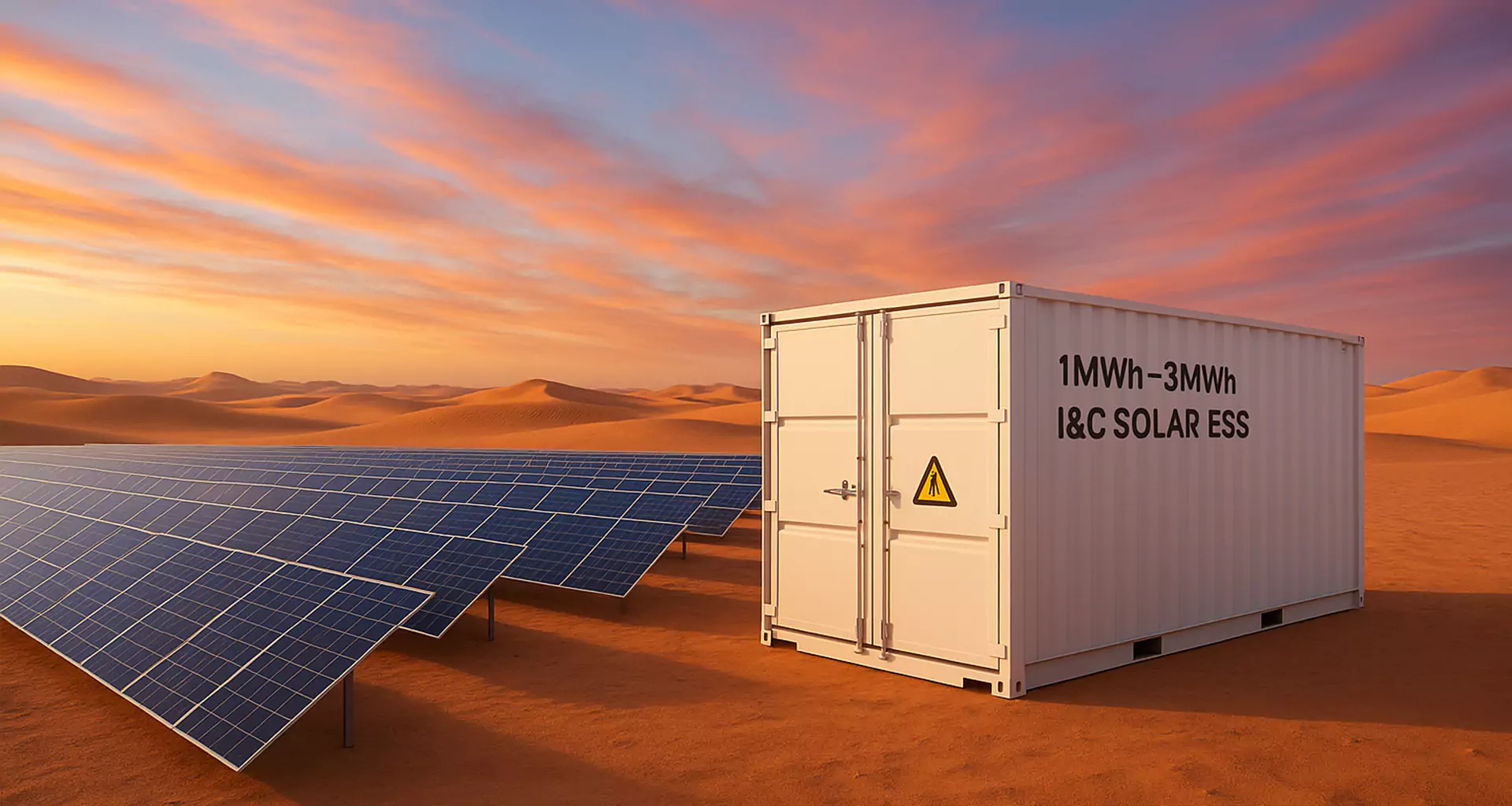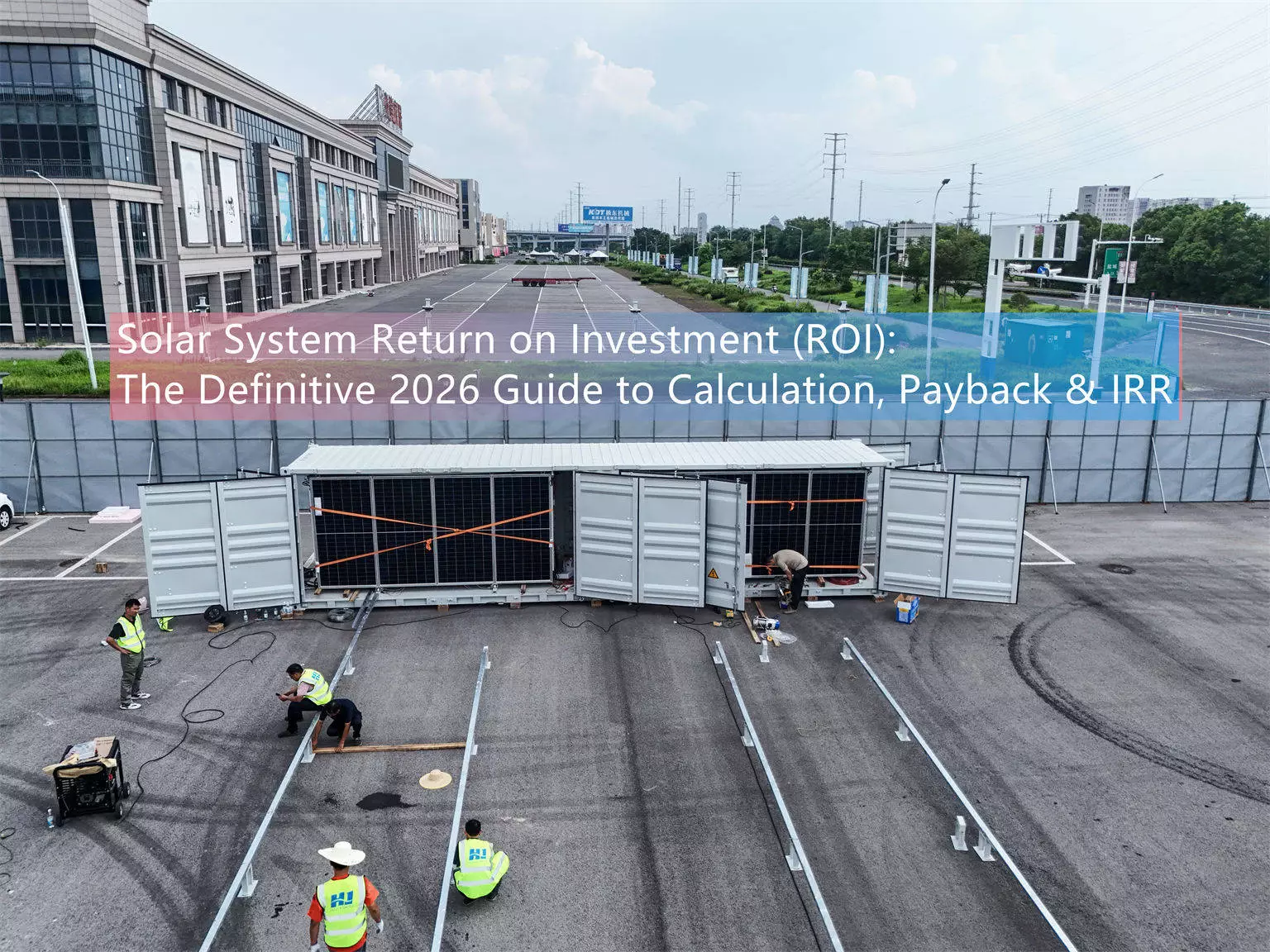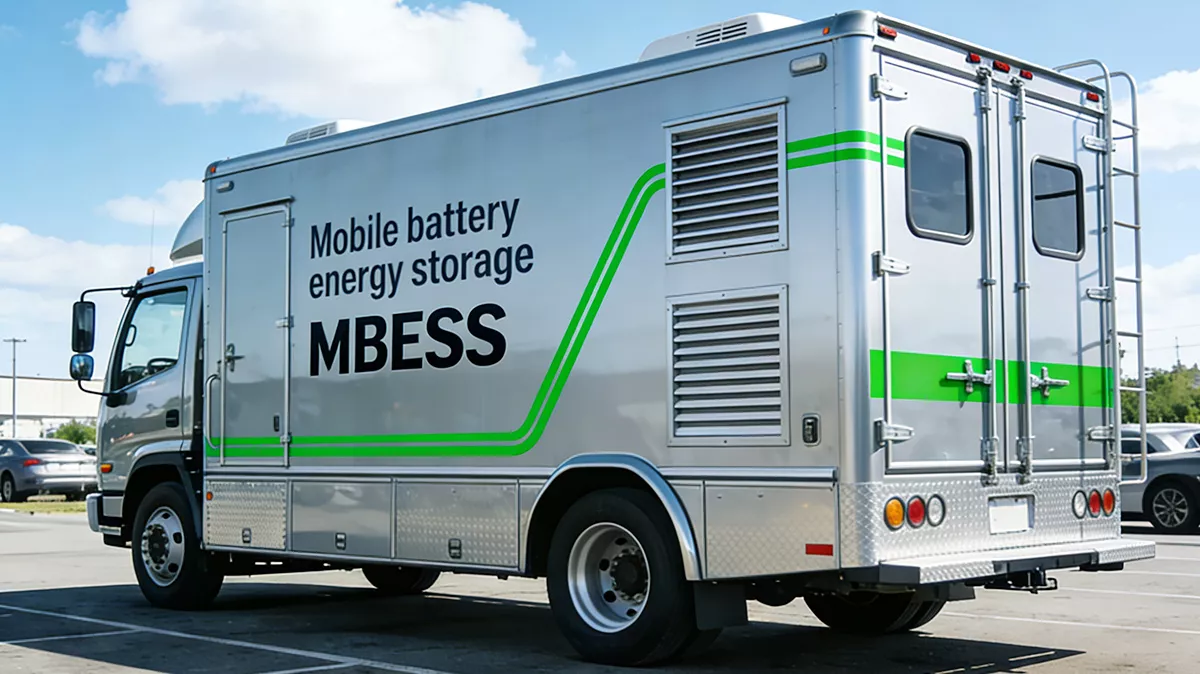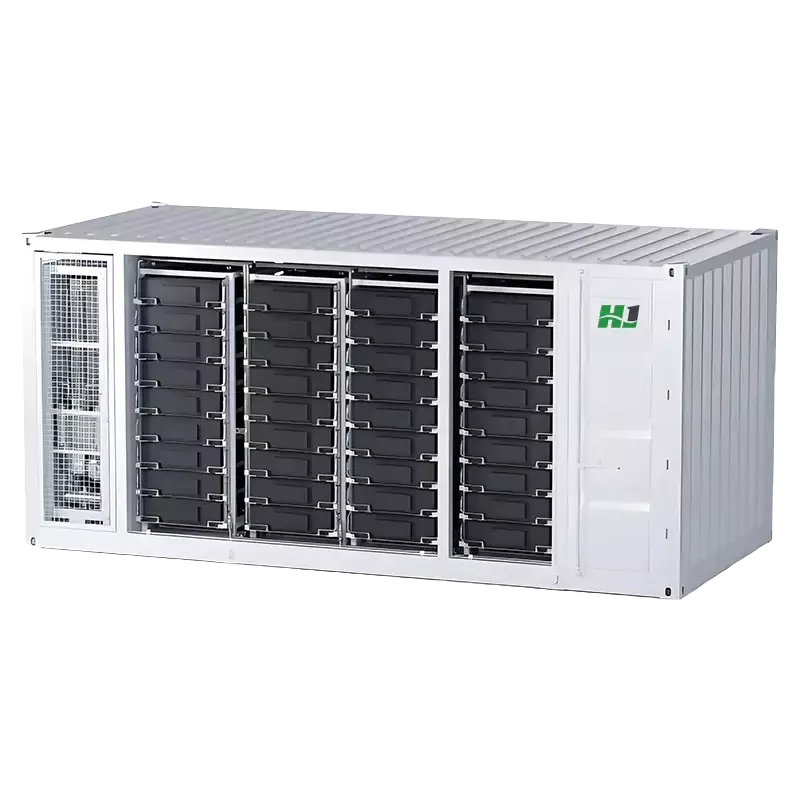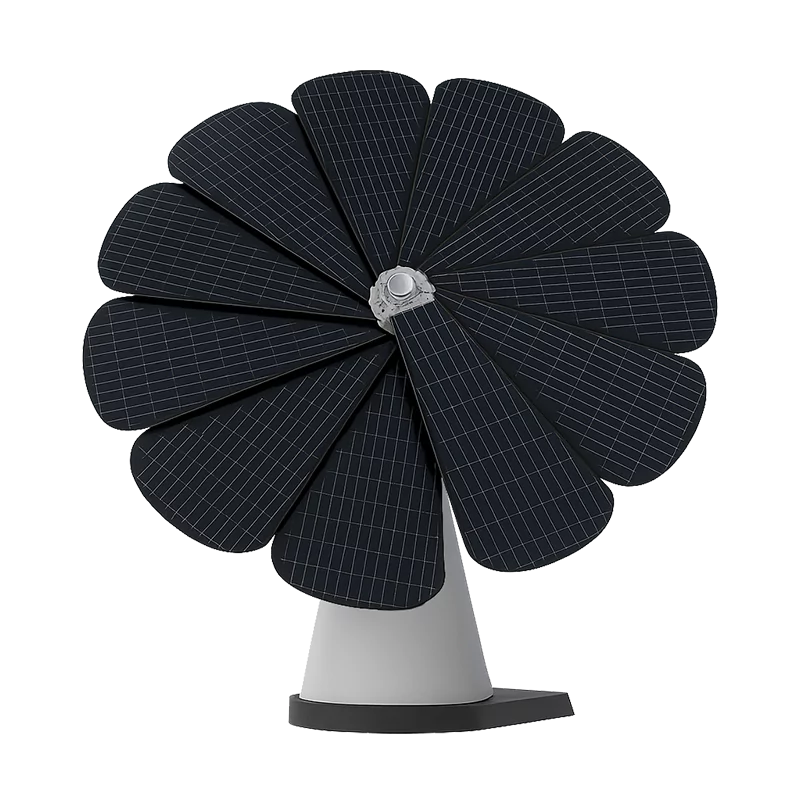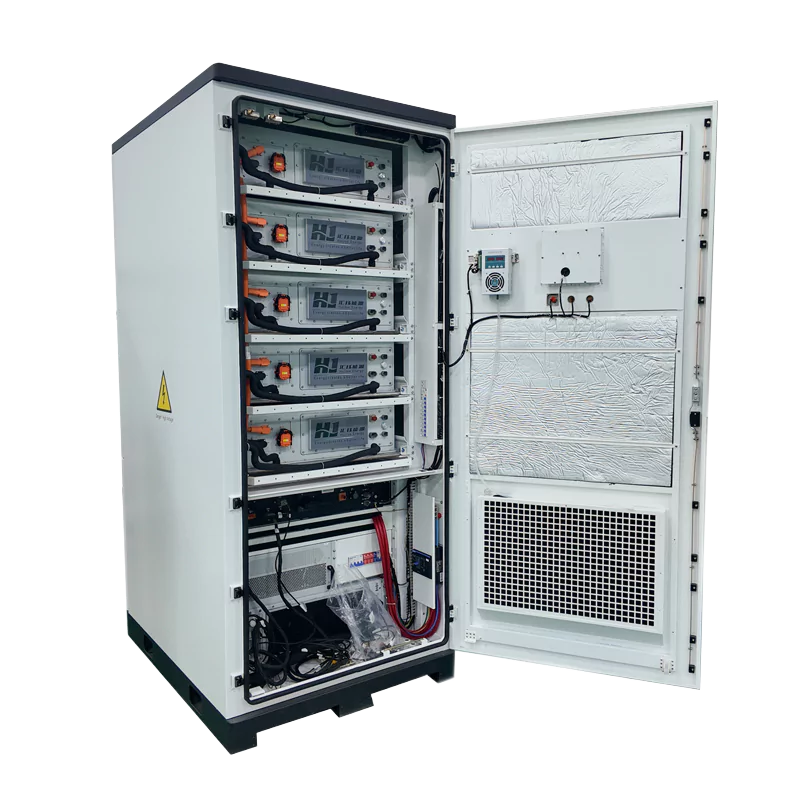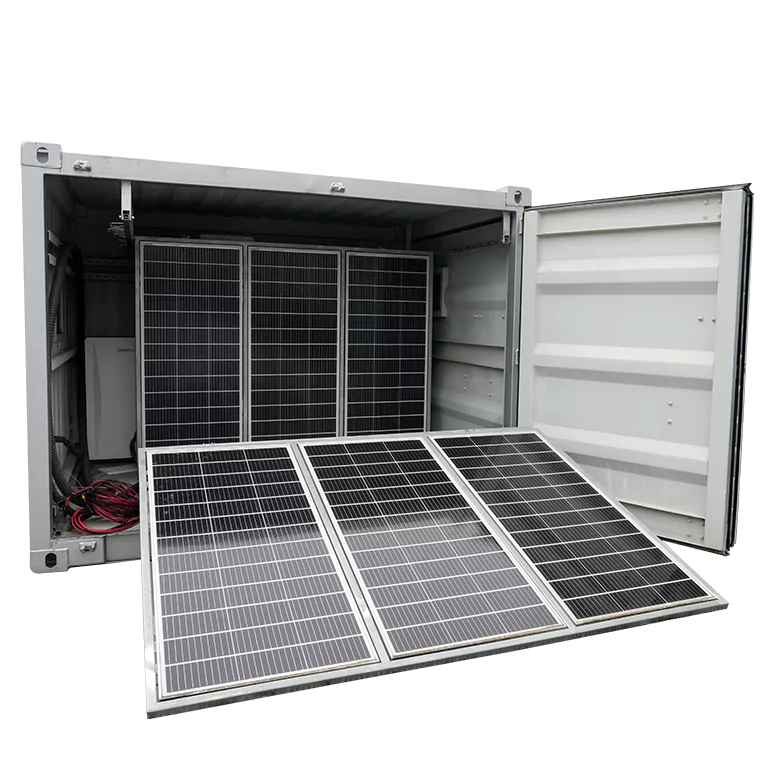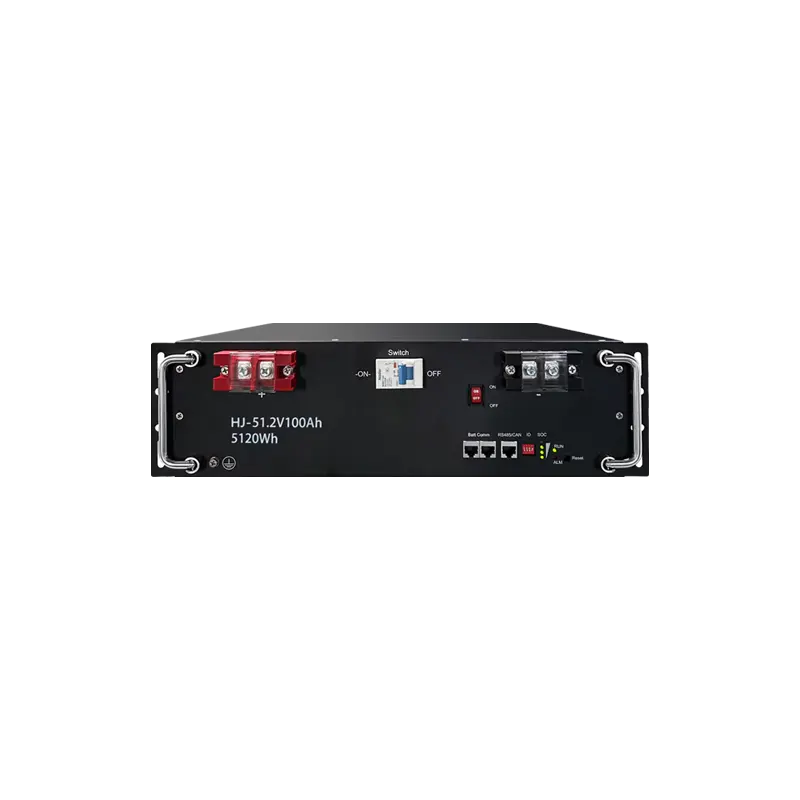Keep Batteries Cool: The Secret of Liquid Cooling Systems
Think about your phone. On a hot summer day, if you play games for too long, it starts to heat up. The battery is basically “burning up.” Now imagine this problem in electric cars or big energy storage plants. For batteries, heat is even scarier than cold. Too much heat shortens their life, reduces performance, and in the worst case, causes safety issues.
That’s why giving batteries their own “air conditioner” is so important. And liquid cooling has become the top choice for high-end EVs and energy storage systems. Why? Because it cools fast and evenly. Let’s dive into how this tech keeps batteries calm.
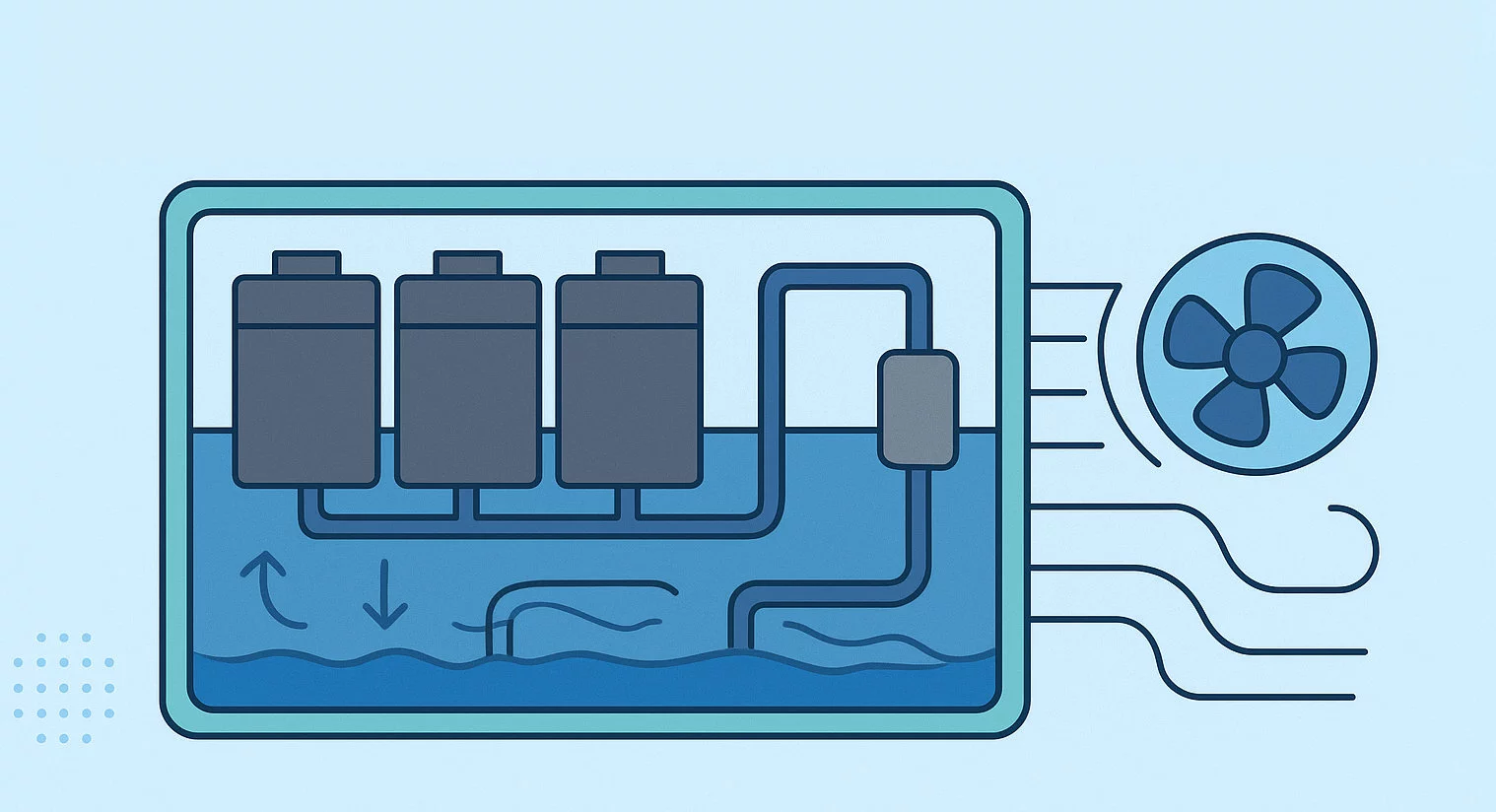
Why liquid?
Liquid can hold and transfer heat way better than air. Just like water-cooling works better for engines than a fan, it works better for batteries too. With liquid cooling, the battery stays in the sweet spot of 20–35°C. Every cell gets the same treatment. No one’s too hot or too cold.
Method 1: Cold plate cooling — the “water bed” for batteries
This is the most common method in EVs. Engineers place metal plates with small channels under or between battery cells. Coolant flows inside the plates, carrying away the heat.
- Pros: Simple, proven, reliable, and cost-effective.
- Cons: If the design isn’t great, some areas get cooled more than others. Think warm feet, cold head.
Tech upgrades: To fix this, engineers design more advanced channels, like parallel snake-like flows. Just like adding more streets in a city to spread out traffic, this keeps cooling even and efficient.

Method 2: Immersion cooling — the “hot spring” for batteries
This is the next level. The entire battery module is dipped into a special non-conductive liquid.
How it works: Direct contact means heat is pulled away instantly.
- Pros: Super-efficient cooling, even temperature, and much safer.
- Cons: More expensive, heavier, and more complex.
Where it’s used: Mostly in places that need extreme safety and fast charging — like large storage stations or EVs that need “gas-station speed” charging (80% in 10 minutes).
The future: smarter cooling, smarter liquids
Cooling tech keeps evolving. The next step is making it smarter.
- Better liquids: New fluids are being developed that flow easier and transfer heat faster. This means quicker charging and safer batteries.
- Smart control: Cooling systems can adjust how much coolant flows to each battery. The cells in the middle, which get hotter, can get extra cooling.
- Digital twins: Engineers use computer models to predict how batteries will heat up in different situations. This helps them design the best cooling system before building it.
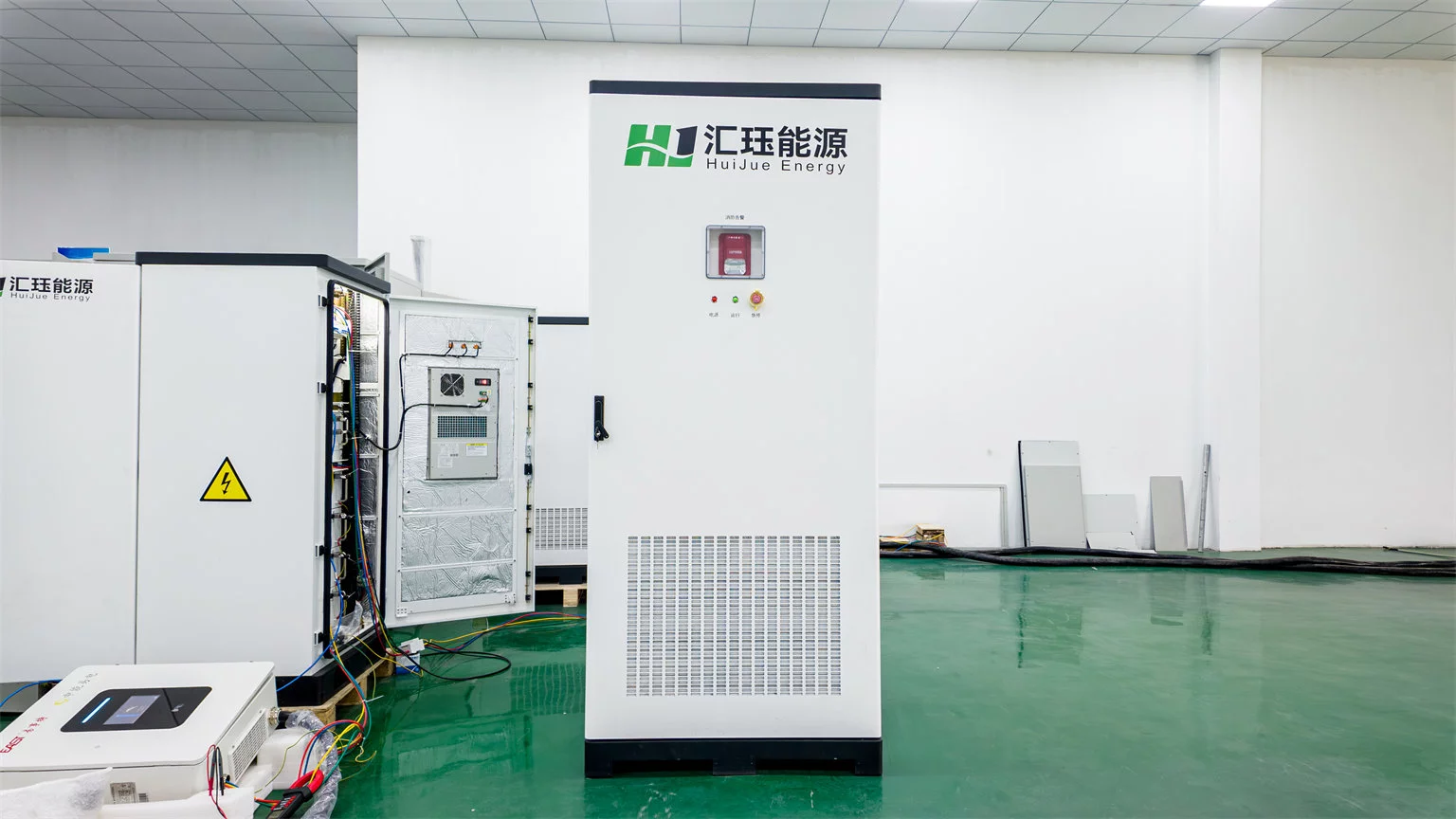
Wrap-up
Liquid cooling is like a personal AC for batteries. It’s the hidden hero that keeps EVs safe, boosts performance, and extends lifespan. From the “water bed” style to the “hot spring” immersion, and now moving toward smart, AI-driven cooling, the goal is the same: safer, stronger, and faster-charging batteries.
In short — whoever can keep batteries cooler will lead the race in the electric future.
Find Your Solar + Battery Storage Specialist Now!
* Fill out this form and our experts will help you find the perfect solar storage solution for your home or business.


